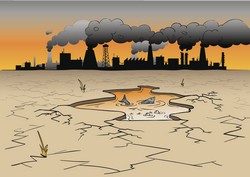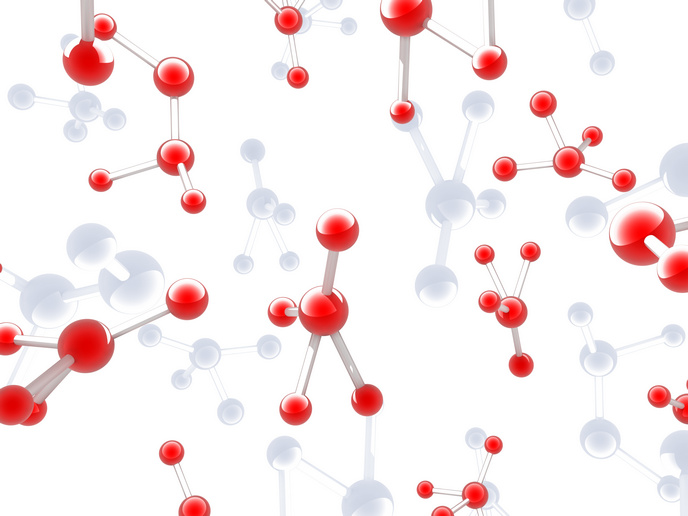A new era of soil and groundwater remediation for contaminated sites
Recent estimates suggest that there are as many as 2.5 million contaminated sites in Europe alone. To achieve the EU’s goals of cleaning these up by 2050, more drastic approaches than those currently available need to be employed. To address this, the EU-funded NANOREM project developed and tested nanotechnological tools to remediate contaminated land in Europe. Project partners created and optimised a number of different NPs, including nano-zero valent iron, non-zero valent iron and composite particles. These particles can be used to remediate contaminated groundwater bodies. The partners intensively tested and optimised the particles with respect to mobility and reactivity. Further testing helped to standardise NP use in the field. All particles were confirmed to be non-toxic to organisms living in aquatic and terrestrial ecosystems. The NANOREM team devised and tested several analytical methods to track the migration of NPs during and after injection and evaluate remediation efficiency. It also designed numerical tools for forecasting NP transport for groundwater remediation. Scientists and practitioners jointly developed guidelines that provide a comprehensive overview of nanoremediation implementation. The guidelines assist practitioners and consultants in considering nanoremediation as a possible remediation option for a given site and facilitate communication between regulators and consultants. They also generated recommendations for risk assessment of NP deployment and considerations of sustainability and market prognosis for nanoremediation. To ensure that nanoremediation is safe, effective and sustainable, NANOREM developed a range of tools to assess deployment risk and sustainability. It successfully demonstrated NP applications on pilot sites, improved the market readiness of several NPs, and facilitated the appropriate use of nanotechnology for contaminated land remediation and management in Europe. In doing so, the project’s work should unlock the potential of nanoremediation and provide a knowledge base for the benefit of a wide range of users.
Keywords
Soil and groundwater remediation, NANOREM, contaminated land, nanoparticles, nanoremediation, Zero valent iron, composite particles, pilot sites







